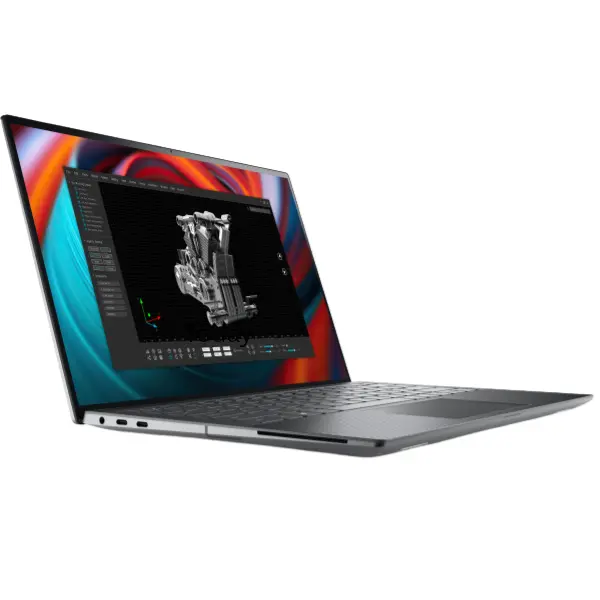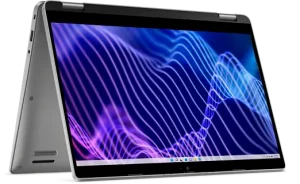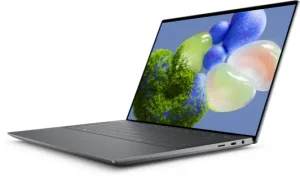How Starlink works
What is the How Starlink works ? A Close Look at Space Internet
The Starlink project from SpaceX is at the forefront of the change that is changing how we connect to the internet. Starlink is a good option for folks who still don’t have reliable internet access because it offers high-speed internet directly from space. But how does it work?
How Starlink works
Starlink is a satellite internet network constructed by SpaceX, a private aerospace company started by Elon Musk. The project’s mission is simple but huge: to offer high-speed, low-latency internet to every corner of the world, especially to remote and underprivileged areas where traditional infrastructure is lacking or doesn’t exist.
The problem with old internet infrastructure
Fiber-optic lines, copper wires, and cable networks are some of the physical cables that provide the internet to most cities. These are fast, but they cost a lot of money to develop the infrastructure and are challenging to put up in rough, rural, or distant regions. It takes a long time and costs a lot of money to put down fiber lines through woods, mountains, or oceans.
Satellite internet has been around for a long time, but it usually has high latency (the time it takes for data to start transmitting) and low speeds. This is largely because typical satellites are in geostationary orbit, which is around 35,786 kilometers from Earth.
Starlink is the answer for LEO.
Starlink solves these problems by putting satellites in low-Earth orbit, which is only 550 to 1,200 kilometers above the Earth’s surface. This means that data doesn’t have to travel as far, which greatly reduces latency. For instance, latency drops from roughly 600 ms in regular satellite systems to about 20–40 ms using Starlink.
The Starlink constellation aspires to have thousands of small satellites in a carefully organized network that circles the Earth all the time and covers the whole world.
A Step-by-Step Guide to Using StarLink
This is how data goes through the Starlink system:
When you sign up for Starlink, you get a user terminal that people often call “Dishy.” It’s a small, flat satellite dish that automatically lines up with the satellites above it.
Satellites in Orbit: Your dish connects to one of the many Starlink satellites that are orbiting the Earth. These satellites can talk to one other and to ground stations using phased array antennas and laser links (in newer models).
Ground Stations (Gateways): If the satellite you’re connected to doesn’t have a laser link, it transfers the signal to a ground station, which is a site that is connected to the internet backbone. These stations then transfer your information back and forth via the internet.
Back to the Satellite: The satellite sends the information you asked for, like a webpage or video, back to your dish in less than a second.
Wi-Fi Router: The dish connects to a Wi-Fi router in your home or workplace, which lets you utilize the internet like any other broadband system.
The Technology That Powers Starlink
LEO Satellite Network: Starlink satellites can deliver data faster and with less delay because they fly at low altitudes.
Laser Inter-Satellite Links: Some satellites use lasers to send messages to each other. This means that fewer ground stations are needed and that coverage is better all across the world, even in the middle of the ocean.
Self-Aligning Dishes: The user terminals have motors and sensors that keep track of the satellites. This makes it easier for users to set them up.
Mesh Networking: Your data can be transferred across other satellites practically instantly if one path is blocked. This is because thousands of satellites work together.
Starlink’s benefits
Global Coverage: You can obtain reliable internet even in the most remote regions of the planet.
Easy to set up: Just plug in your dish and connect; you don’t need to run cords.
Low latency: Good for streaming, video calls, and games played online.
Issues and Restrictions
Things that get in the way: Trees, buildings, or bad weather could make the signal worse.
Cost: Some traditional providers may charge more for the initial piece of hardware and the monthly price.
Scalability: Managing a group of hundreds of satellites is complex, and there are concerns with space junk and satellites crashing into each other.
Starlink’s Future
Starlink keeps becoming better and better. SpaceX is launching new satellites that have more laser links and operate better. There are now sfiberg users in more than 70 countries, and the network is growing swiftly.
Starlink is not meant to take the place of 5G, fiber, or other technologies as they get better. Instead, it should cooperate with them, especially in areas where other systems can’t get to them.
To sum uphttps://todaytechblog.com/the-nokia-c300-a-cheap-smartphone/
Starlink is more than just a new way to connect; it’s a step toward making the internet truly global. Starlink is breaking down digital barriers and bringing people together, one satellite at a time. It does this with high-tech space technology and a basic dish on the ground.
How Starlink works
How Starlink works
How Starlink works
Share this content:














2 comments